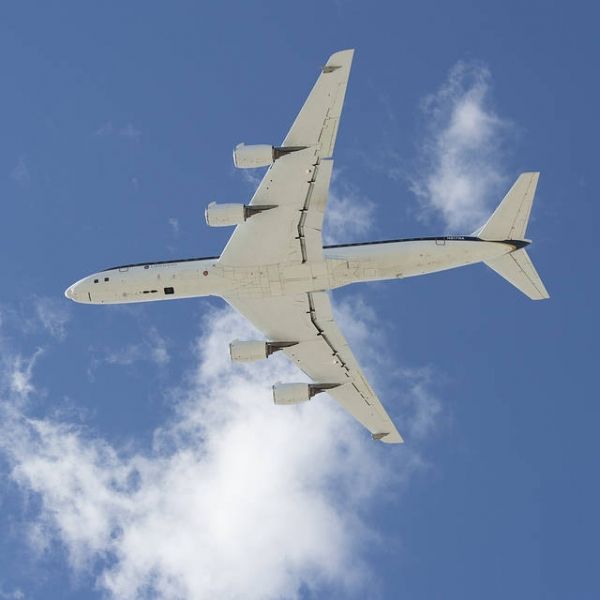A team of scientists onboard the aircraft will sample air in Central and Southern California on the flight back from Salina, Kansas to the DC-8’s base of operation at NASA’s Armstrong Flight Research Center Building 703 in Palmdale, California. To achieve these measurements, the aircraft will fly between 1,500 feet and 3,500 feet over various areas of the Los Angeles Basin and San Joaquin Valley.
The DC-8 flew a similar flight path collecting air samples over these areas on its flight from Palmdale to Boise, Idaho on July 22. The air quality data collection is part of a partnership agreement with the California Air Resources Board (CARB).
Even though California has stringent emission controls, areas within the Southern Coast, Los Angeles Air Basins and San Joaquin Valley fall short of meeting the National Ambient Air Quality Standards (NAAQS).
A team from UC Irvine will analyze multiple air samples collected onboard the NASA DC-8 for over 50 volatile organic compounds, which are pollutants that contribute to ozone and particulate matter formation. CARB will use these measurements to better understand the emission sources and atmospheric processes that lead to ambient air pollution. This data will also be used to evaluate the performance of a regional air quality model used to guide air pollution control strategies to efficiently achieve NAAQS in California.
Continue reading at NASA
Image via NASA


